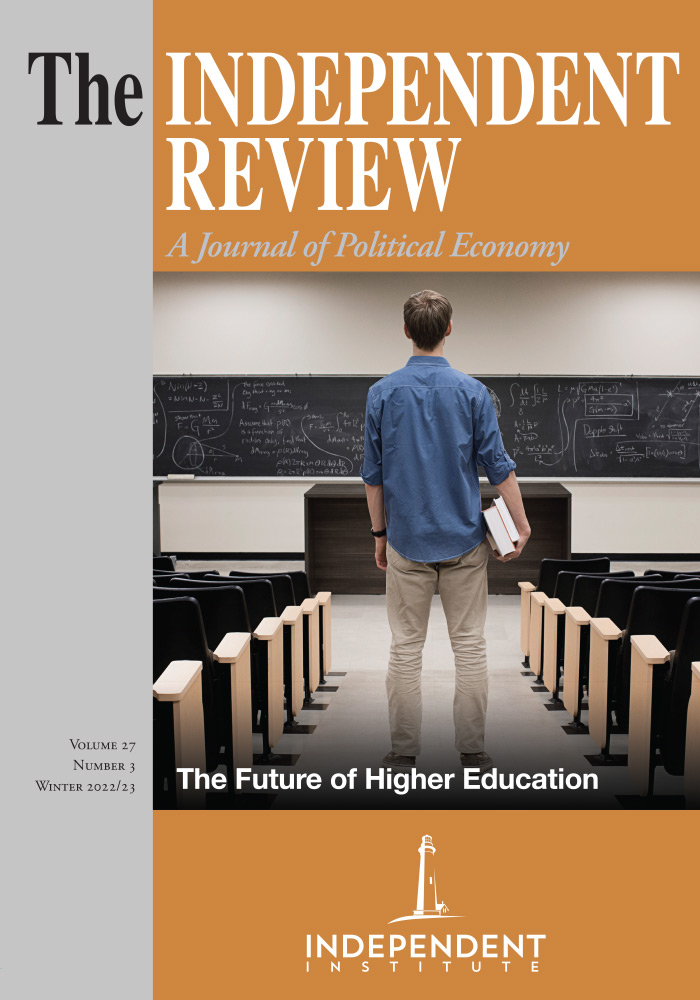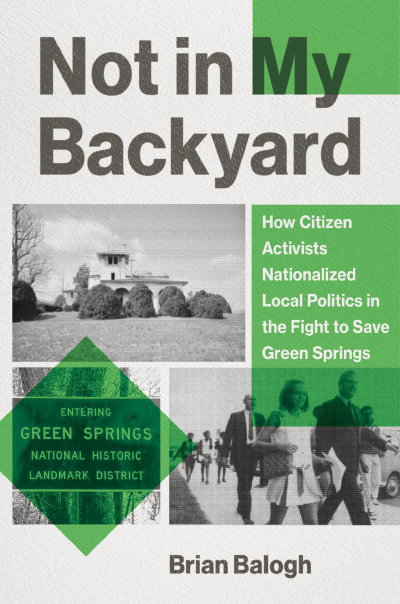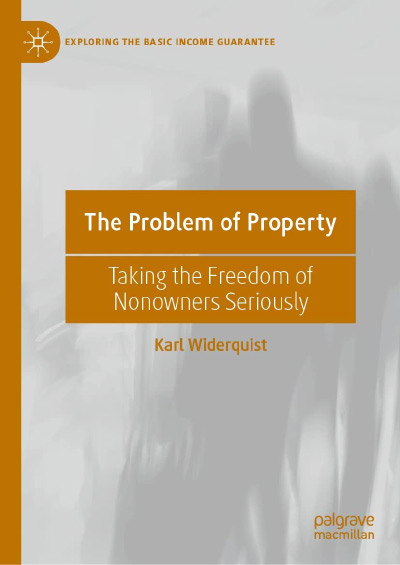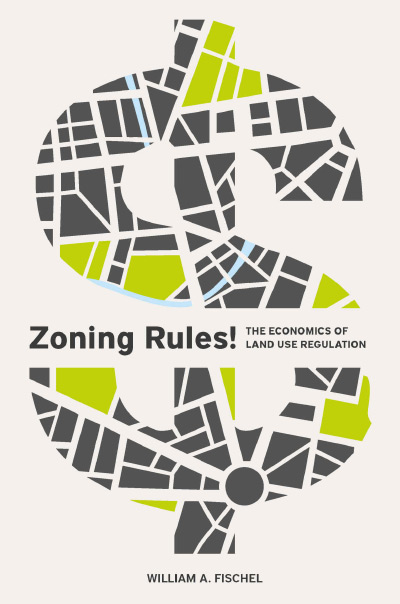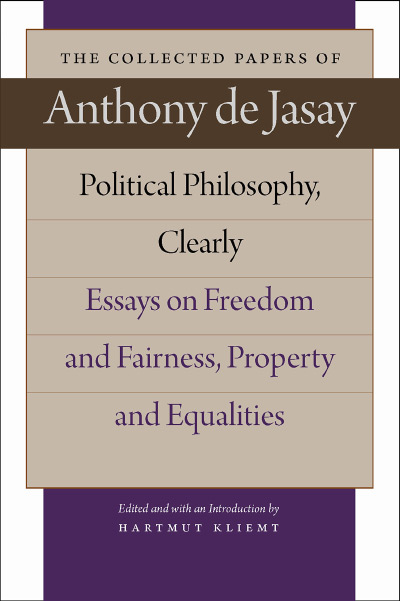Whereas the appreciation of freedom and markets waned in the years of the Progressive Era in the U.S. (and various shades of Social Democracy and Marxism abroad), it has made a moderate comeback. People now speak (often approvingly) of the “mixed economy.” Ngram viewer shows that mentions of a “mixed economy” are a post-World War II phenomenon, peaking in the early 1980s. The “mix,” of course, can be many things.
But what about the cities? Are they a mixed economy? The title of Scott Beyer’s book—Market Urbanism: A Vision for Free-Market Cities—is revealing. Seeing cities through the lens of economic thinking is still exotic in the eyes of many. Rent controls are not unusual. Pricing access to roads and highways is. But what do people in cities complain about? Housing and transportation. Ignoring economic thinking and reverting to politics and cronyism have the expected results.
The cities we have are surely a mixed economy but a mix that is ever more reliant on top-down plans and planners. Many people assume that because cities are defined by the relatively intensive use of land, they must be chock-full of externalities. As such, they are best managed top-down. Zoning plans are supposed to separate “incompatible” land uses. Textbooks evoke bizarre outcomes to guard against, e.g., slaughterhouses, glue factories, or tanneries near private homes or child-care facilities. But beyond the implausible juxtapositions, the idea that top-down planners can somehow divine incompatible or compatible land uses is vague and fanciful. Because they cannot know which land use arrangements are best, they resort to gross simplifications involving broad land use categories.
Wikipedia reports that 75 percent of urban space in the U.S. is zoned for exclusive single-family use. Are single-family residences and duplexes or triplexes incompatible? Given how much land in cities is zoned to exclude all but single-family residences, the answer for many people is seemingly “yes.” William Fischel’s analysis of zoning suggests that most urban residents like it that way. They are keen to preserve the value of their most important asset and seek cities and neighborhoods where they find legal protections that rule out most mixed uses. He calls these people “homevoters.” (See William Fischel, 2017, The Rise of the Homevoters: How the Growth Machine Was Subverted by OPEC and Earth Day, in Lee Anne Fennell and Benjamin J. Keys (editors), Evidence and Innovation in Housing Law and Policy, 13 – 37, Cambridge: Cambridge University Press.)
Beyond limiting the realization of negative externalities, the clustering of broad categories of land uses in exclusive zones is thought to increase the chances of positive externalities realized or realizable. This view ignores how private actors left to themselves manage externalities. Think about private communities, private shopping malls, and private industrial parks. These involve detailed top-down plans, but the planning is by private owners with skin in the game. These places are some of Ronald Coase’s islands of private planning. In fact, these Coasian planners are even in the game because they have demonstrated that they are able to create master-planned land use arrangements that pass a market test. Call it bottom-up planning. There is very little NIMBYISM in these communities.
Some of the biggest complaints about life in big cities involves automobile congestion on roads and highways. Textbooks often cite congestion as a market failure. But it is actually a policy failure. We know how to price access and parking. The fundamental lesson of economic thinking may be “get the prices right,” but the lesson of public choice economics is that, where markets do not function, it is unlikely that politicians or bureaucrats will step in and get the prices right. They prefer to pander to the illusion of “free stuff.” Many of them then work to expand public transit capacity. “Build it and they will come,” is not a useful strategy. But it is easily explained by a Baptists-and-bootleggers coalition.
The cities (actually the metropolitan areas) have been spreading out for years. Part of the explanation is that labor and capital want to escape ensconced and cronyist local governments. For many people, exit works better than voice. The standard view of cities also ignores the insights of Jane Jacobs, that cities should be seen as spontaneous orders. (See Sanford Ikeda, 2004, Urban Interventionism and Local Knowledge, Review of Austrian Economics 17, no. 2/3: 247 – 264.) Jacobs noted that cities are “complex and intense.” In any city, there are an uncountable number of private plans coordinated via the many markets involved. Beyer demonstrates that the over-reliance on top-down (inevitably politicized) plans and planners accounts for the urban problems that the planners claim they can “solve.”
I do have some concerns. Beyer and many others evoke “density” as desirable. But used this way, the term is meaningless. Density over which area? Which boundaries? The urban core and the entire metropolitan area have very different densities. Density, as typically reported, is an average over some defined area. When spatial units are arbitrary or unclear, just plain “density” means very little. Most metropolitan areas include many densities. For the U.S., the Los Angeles Urbanized Area (UZA) has been the nation’s densest for years. UZAs are a census bureau definition of the functional (as opposed to administrative) areas, “where the lights begin as you fly in at night.”
Beyer tries to unscramble residential densities from over-crowding. He suggests that more spacious units in a high-rise beats crowded units in a low-rise. But market urbanists should see that the trade-off cannot be judged outside the market. How much space can various populations afford? How much is made available to them? How many densities and living arrangements would emerge in a freer environment? Arnold Kling has pointed out that it is standard policy to subsidize demand but constrict supply. Supply shortages are then inevitable. They are typically addressed via subsidies to favored builders.
Beyer worries about “urban sprawl,” but the phrase is pejorative as well as unclear. The suburbs include some boring evenness and some eyesores, but also a variety of neighborhoods that most people and business choose to locate in. Call it what it is, auto-oriented development. There are many variations but, not surprisingly, it is seen around the world. When the author cites U.S. policies that favor suburbanization, he ignores the fact that it is seen in places with very different policies. (See Peter Gordon and Wendell Cox, 2012, Cities in Western Europe and the U.S.: Do Policy Differences Matter, Annals of Regional Science 48, no. 2: 565 – 594.)
Beyer notes the “automobile dependency” of many Americans. But for years, travel by car has been the overwhelming choice of most Americans, even while public expenditures have heavily favored public transit. Still public transit’s share of passenger-miles fell from 3.6 percent of all U.S. passenger-miles in 1970 to 1.6 percent in 2018. No surprise. As downtown employment declined, so did the use of public transit. Massive public subsidies have not helped. In modern spread-out cities, public transit has a “last mile” problem and is understandably avoided by most people. The longest commutes (in minutes) are by public transit. Metropolitan population has the least effect on private vehicle commuting times in the most dispersed metros. Businesses and workers, as we should expect, do a lot of co-locating. They do it best in the most dispersed metros. (See Bumsoo Lee, 2007, Edge or Edgeless Cities? Urban Spatial Structure in U.S. Metropolitan Areas, 1980 – 2000, Journal of Regional Science 47: 479 – 515.) Alex Anas reports, “The data on the largest U.S. MSAs show that commute times increase only slightly with city size: the elasticity of the average commute time with respect to the number of workers was about 0.1 in 1990 and 2000.” (See Anas, 2012, Discovering the Efficiency of Urban Sprawl in Nancy Brooks, Kieran Donaghy, and Gerrit‐Jan Knaap (editors), Oxford Handbook of Urban Economics and Planning, Oxford: Oxford University Press, 146.) In spite of all the controls, these are market responses. “Sprawl” alarmists have it backwards.
To say that markets are misunderstood (or even disdained) by many people whose lives markets sustain and elevate is old news. The fact that cities are “our greatest invention” (see Edward Glaeser, 2011, Triumph of the City: How Our Greatest Invention Makes Us Richer, Smarter, Greener, Healthier, and Happier, New York: Penguin Press.), contributing significantly to our well-being but nevertheless seen as requiring the ministrations of political actors deepens the irony. Politicians and planners fret over homelessness but preside over the regulatory apparatus that impedes housing construction. Beyer presents a much-needed wake-up call.
Finally, to his great credit, Beyer reports that, in writing the book he took a three-year, 30-city tour of U.S. cities. Early in the book, there is a map of his route. As with Tocqueville’s barnstorming the U.S., it was time well spent.
| Other Independent Review articles by Peter Gordon | |
| Fall 2018 | Behind the Model: A Constructive Critique of Economic Modeling |
| Spring 2005 | Mega-Projects: The Changing Politics of Urban Public Investment |

